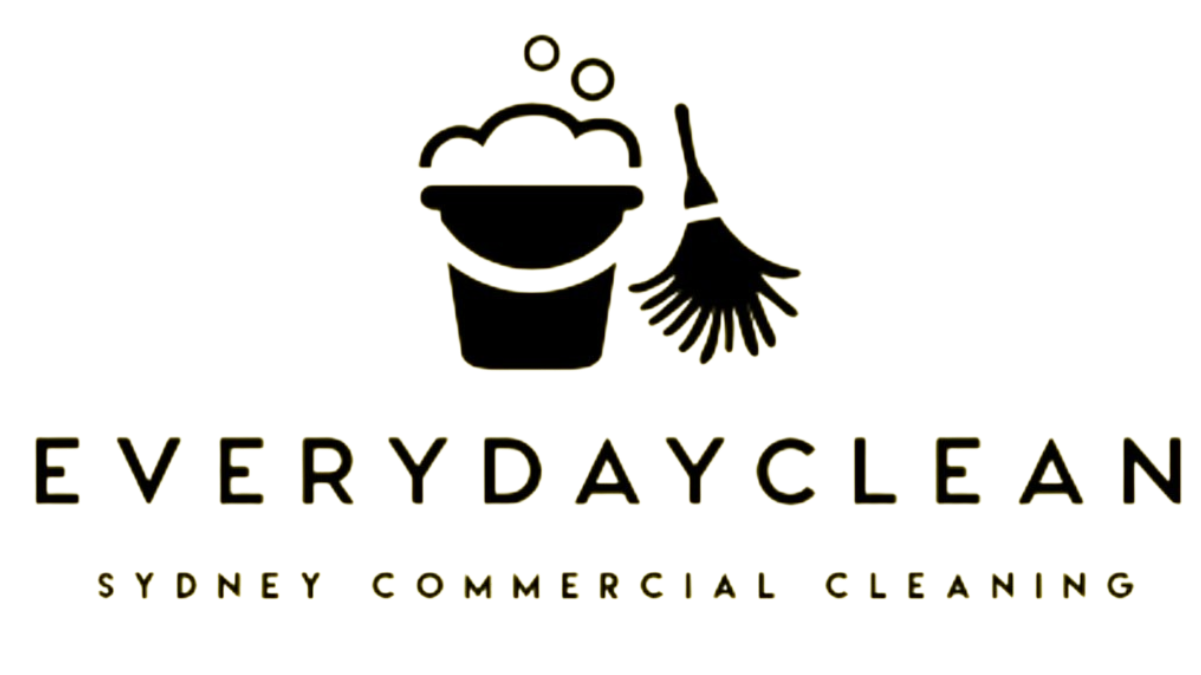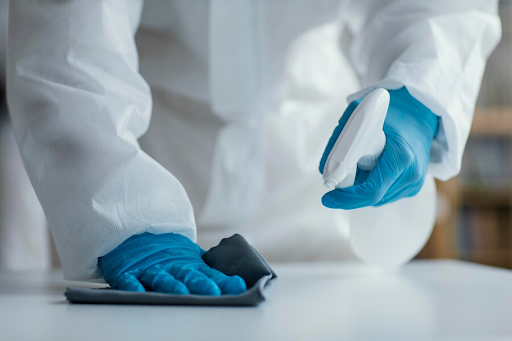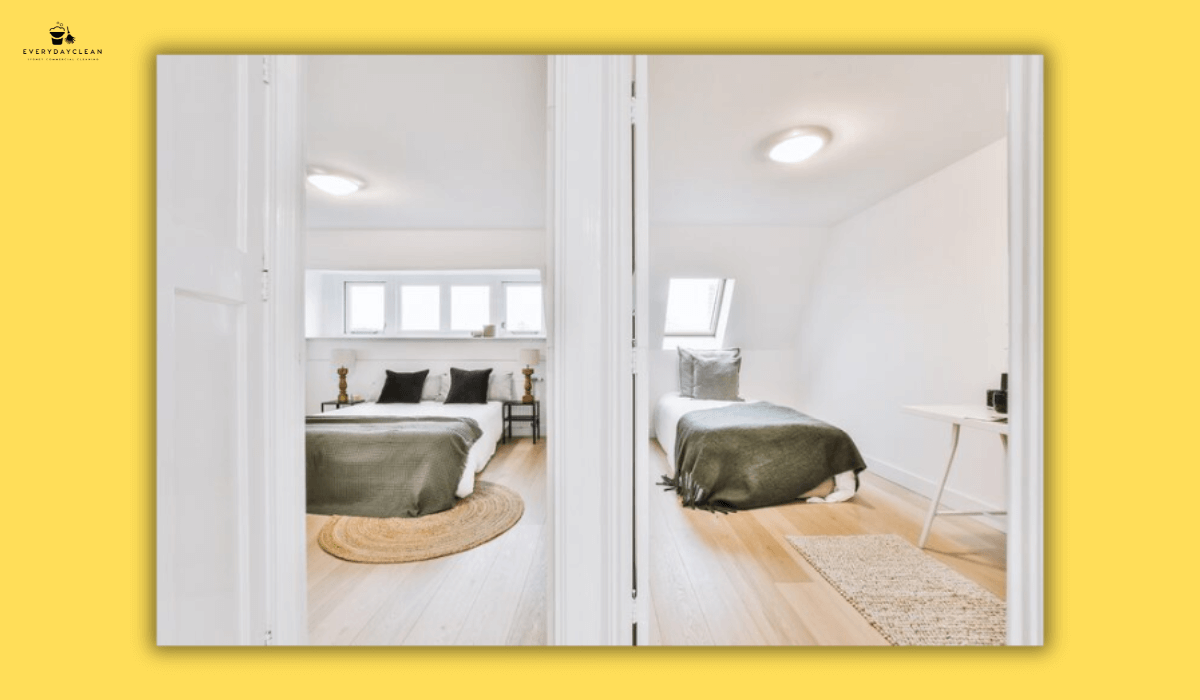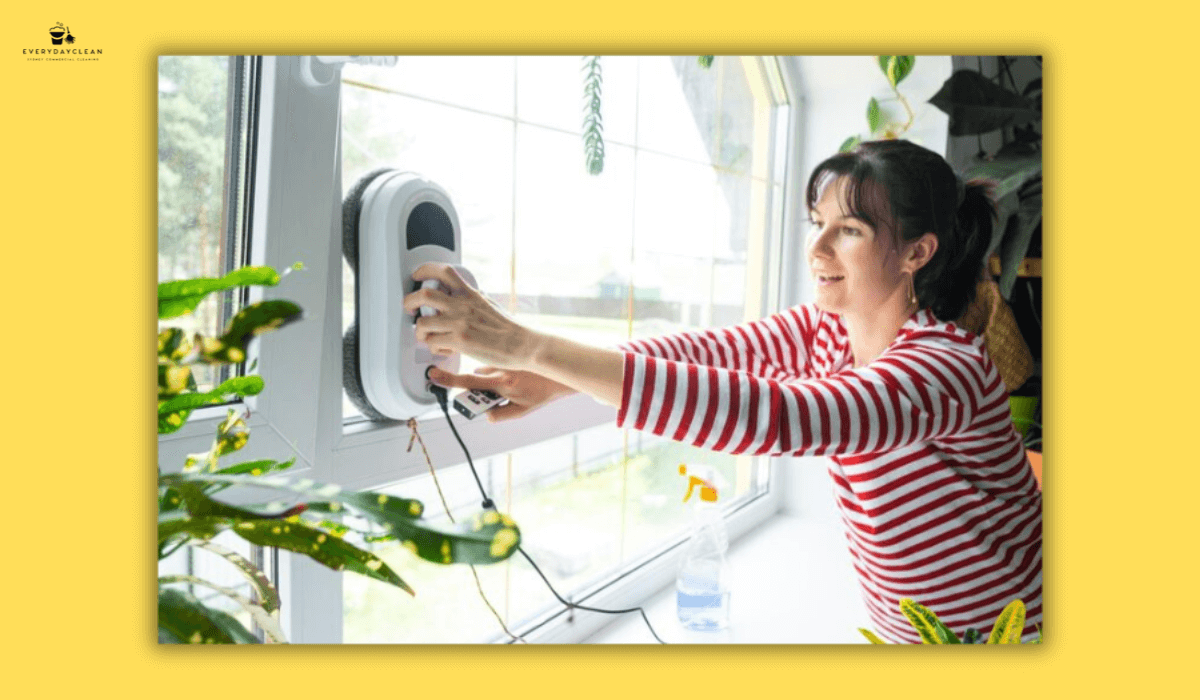Hospital Cleaning Techniques Sydney: Professional Standards
Maintaining spotless and compliant hospital facilities requires more than just general cleaning—it demands precision, consistency, and specialised knowledge. In Sydney, professional hospital cleaning relies on structured methods and skilled teams. Partnering with trusted medical cleaning services ensures compliance, consistency, and operational efficiency.
This guide outlines how structured systems, advanced tools, and skilled personnel come together to deliver effective cleaning techniques for hospitals without venturing into health-related claims.
Why Hospital Cleaning Requires a Specialised Approach
Consistency Across High-Traffic Zones
Hospital environments often operate 24/7, with frequent foot traffic from staff, visitors, and equipment. Cleaning techniques must account for these continuous movements, ensuring that reception areas, corridors, and waiting zones are kept in pristine condition without disrupting operations.
Handling Sensitive Surfaces and Materials
From vinyl floors to stainless steel equipment casings, hospital interiors use materials that require specific cleaning agents and cloth types. The wrong product may damage surfaces or leave residues that interfere with the space’s usability. Professional cleaning services ensure compatibility between the product and the surface every time.
Essential Cleaning Techniques for Hospital Facilities
Effective hospital cleaning relies on a multi-layered approach that integrates routine procedures with modern equipment and structured methods. This section explores the most important techniques for keeping medical environments workspace-compliant.
High-Touch Surface Management
Frequent contact points—such as handrails, door push plates, elevator buttons, and light switches—are prioritised during cleaning rounds. Using colour-coded microfibre cloths and targeted application methods, cleaners can reduce transfer risks without using harsh or abrasive materials. These surfaces are cleaned more regularly and with greater detail than other areas.
Zoning and Workflow Segregation
To reduce the risk of cross-contamination between areas, hospital cleaning is divided into zones, with designated equipment and tools used per area. This includes separate mop buckets, cloth colours, and vacuums for patient-facing versus back-of-house spaces. Following zoning protocol supports operational efficiency while maintaining sanitation levels.
Chemical Dilution Control
Rather than relying on guesswork, commercial cleaning services use dosing systems that ensure accurate dilution ratios for all chemicals. This not only maximises the efficacy of cleaning agents but also protects surfaces and reduces waste. Proper dilution is a foundational aspect of any structured hospital cleaning routine.
Modern Tools Supporting Hospital Cleaning Techniques
Incorporating advanced equipment into hospital cleaning routines enhances productivity, consistency, and surface care. This section outlines some of the modern tools that support optimal results in sensitive environments.
HEPA-Filtered Vacuum Systems
High-Efficiency Particulate Air (HEPA) vacuums are widely used in professional cleaning because of their ability to trap fine particles. These units are especially valuable in hospital cleaning for their ability to remove dust, lint, and other airborne debris without releasing contaminants back into the environment.
Spray and Mist Systems for Even Coverage
Atomised spray systems allow disinfectant solutions to be distributed evenly across flat and vertical surfaces. While hospital cleaning avoids overstating health claims, the consistent application of solutions helps maintain high cleanliness standards in sensitive-use areas.
Colour-Coded Equipment
Every cloth, mop, and bucket used in professional hospital cleaning is colour-coded to match its assigned zone. This systematic approach prevents accidental misuse of materials between areas and reinforces SOP compliance.
These equipment practices align with the commercial service protocols followed by trusted providers such as Everyday Clean.
Protocols, Training, and Documentation
Cleaning techniques in hospitals must follow structured protocols, not just for operational control but also for compliance with internal audits and vendor oversight.
Cleaning Schedules and Task Rotations
Every area within a hospital facility follows a documented cleaning schedule, categorised by risk level and usage. Higher traffic areas receive more frequent cleaning, while lower-traffic back-of-house areas follow longer cycles. Each team member is assigned specific zones with checklists to ensure consistency.
Staff Induction and Ongoing Training
Staff responsible for hospital cleaning receive tailored onboarding, including product usage instructions, waste segregation rules, and zoning awareness. Regular retraining sessions ensure they remain updated with procedural changes or new equipment.
For those seeking reliable
hospital facility cleaning in Sydney, Everyday Clean offers structured services backed by trained staff and detailed process documentation.
Extending Hospital Cleaning Techniques to Other Facilities
While these cleaning techniques are designed with hospital settings in mind, many of the principles also apply to other sensitive-use environments. Childcare centres, dental clinics, physiotherapy studios, and laboratories all benefit from zoning protocols, high-touch surface routines, and structured documentation.
As Sydney businesses elevate their hygiene expectations, the demand for specialist cleaning services that follow commercial-grade compliance protocols continues to rise. Whether it's a hospital or a high-care commercial workspace, the same professional principles apply: consistency, documentation, zoning, and the right tools for the job.
FAQs About Cleaning Techniques for Hospitals
What are “zoning systems” in hospital cleaning?
Zoning systems refer to the practice of dividing cleaning areas into sections based on risk level or use. Each zone has dedicated equipment and procedures to prevent cross-contamination.
How often are hospital reception and public areas cleaned?
Public-facing areas like entrances and waiting zones are typically cleaned multiple times a day, following a rotation schedule and checklist system.
Are green cleaning products used in hospital environments?
Yes, many professional services now use eco-conscious products that comply with commercial cleaning regulations while reducing chemical exposure and environmental impact.
What is the difference between hospital cleaning and regular office cleaning?
Hospital cleaning follows stricter procedural protocols, involves more frequent surface contact management, and requires tailored equipment segregation across zones.
Can hospital-grade cleaning be applied in non-medical settings?
Absolutely. Many sensitive commercial spaces adopt similar systems to ensure cleanliness and operational compliance, especially in industries requiring sanitation audits.
Need structured, reliable results for your hospital or clinic? Everyday Clean delivers tailored
medical cleaning services across Sydney, backed by trained staff and audit-ready documentation.
Author: Everyday Clean Content Team
Everyday Clean is Sydney’s trusted provider of professional office, strata, and commercial cleaning services. Our licensed and insured team helps workplaces maintain top hygiene standards with eco-friendly products and proven cleaning systems. With years of experience supporting Sydney businesses, Everyday Clean shares expert tips, real case studies, and practical advice to keep your workplace safe, compliant, and welcoming.




